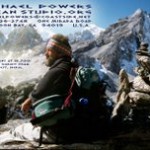 Story by Michael Powers
Story by Michael Powers
Email Michael: [email protected]
Haloo June,
Great to see you today at New Leaf, my dear friend.
Here’s the info on our latest big Ocean Studio project that I mentioned, an 18-day media (filmmaking, photography & journalism (that’s you!) trek in the most stupendously beautiful region in the great Himalayas. This Nepal trip is the latest in a series of expeditions we have put together to make films that might “nurture a deeper understanding & empathy for the natural world” – & build momentum towards launching our very own television series, CONCERNED EXPLORER (see summary at the end). Here is a little background about our work towards that exciting goal in recent months:
Last summer we went sea kayaking in the Svalbard Islands with a group of modern-day Norwegian Vikings, to make a film that documented the impact of global warming on Arctic wildlife …
… & then (right after that great News Years Eve in Buenos Aires), we began the first ever ‘multi-sport crossing’ South America from the Atlantic to the Pacific (by sea kayak, river raft, with horses & hiking on foot over the Andes) in January:
So after these wonder-full adventures, my filmmaker partner Mark Fraser from Bolinas …& I were planning to stay home for a while and get these two films edited… & our “AC” (assistant camera) on the two Patagonia trips, my lovely daughter Marika, returned to Alaska for her 3rd summer of wilderness guiding up there:
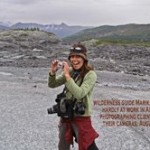
But then my friend Karma Lama (www.karmaquests.com), who lives right here in HMB, started telling me about this centuries-old music & dancing festival coming up again this fall at a famous Buddhist monastery high in the Khumbu region of Nepal, & the whole OS
organism began quivering with energy again – so here we are once again, preparing to depart in a month for a trekking, photography & filmmaking expedition in the great Himalayas!
The additional good news is, that as a bona fide media group whose film & published articles will obviously be great for tourism to to the area, we have been invited by KarmaQuests to do this trip basically at their cost. (An 18-day, fully catered trip like this to Nepal would normally run about $5000, & we are getting a much nicer, specially designed private trip for $2000 less). Also, Thai Air is giving us a special media fare discount on our flights to Kathmandu, & Mountain Hardwear, Keen, etc. are all sponsoring the expedition by giving us super pro deals on trekking boots, etc.
The enclosed PDF file (also, see below) contains the day-by-day itinerary of the trip & other info, the cost, etc., but here a few highlights:
From the Nepalese capital of Kathmandu we fly up to 9200′ Lukla & begin trekking up into the Himalayas, gradually gaining altitude as we acclimate to the elevation. Yaks & Sherpas transport our duffle bags on the trails, so all we carry is our day packs. Instead of camping & sleeping in tents like I did back in ’98, we stay each night at tea houses (mountain lodges) which have now been built along the major trekking routes in Nepal. This is more comfortable of course, allows us to re-charge our camera batteries & will also provide us an even richer & more intimate cultural experience as we interact nightly with the local folks. Karma (he is Nepalese & that is actually his name) explains that by staying in the tea houses we actually save money by not having to hire extra Sherpas, cooks & yaks to carry camping gear.
After about a week (see the itinerary) we come to mystical Tyangboche Monastery, perched on a long ridge at 12,900′, surrounded by snow-clad peaks & within sight of Mt. Everest. Around the little village surrounding the monastery, hundreds of Sherpas, mysterious, Gypsy-like Tibetan traders & other indigenous peoples have gathered together by walking for miles over mountain passes, some as high as 20,000′. They have come for Mani Rimdu, an ancient Buddhist religious festival & once-a-year opportunity for mountain folks from all over the Himalayas to get together, dress up in their native attire & celebrate each night with traditional music & dancing. We will be there in the midst of all the fun, doing our best to document this surreal, sure-to-be amazing spectacle.
After the festival we continue trekking NE through the Himalayas towards Mt. Everest & the border with Tibet. The day after we reach our ultimate tea house encampment, there is an optional day hike for those who are up for it – up to the summit 18,190′ Kalapathar, surrounded by some of the highest mountains in the world. It is a once-in-a-lifetime experience to gaze directly up at Sagarmatha, as Sherpas call Everest – still two miles above our heads! You can see the 100 mph jet stream wind blowing snow off the 29,028′ summit behind my British guide friend Richard, here in my photo taken when we trekked there in ’98:
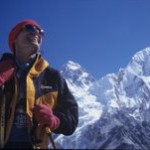

So June, it would be great to have you join us for what will almost certainly be one of the pinnacle (literally) adventures of all our lifetimes. At the very least it will be a unique opportunity to team up with some very special old & new friends for some incredible exercise (imagine how you will feel after trekking through the highest mountains in the world for 13 days!) – & all the while helping us accomplish a truly worthwhile goal – the film we make in Nepal is a stepping stone towards launching the CONCERNED EXPLORER series, – & you can be a part of it!
Warm regards, Michael
“Security is mostly a superstition. It does not exist in nature, nor do the children of men as a whole experience it. Life is either a daring adventure or nothing.”
– Helen Keller
Nepal 09 Itinerary:
Michael Powers
Adventure Photojournalism & Film
Ocean Studio
(650)726-2748
One Mirada Road
Half Moon Bay, CA 94019 U.S.A.

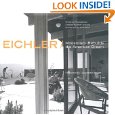 [Image:
[Image: 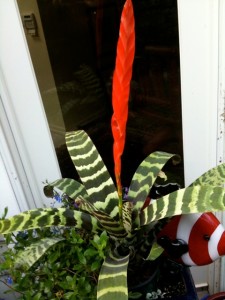
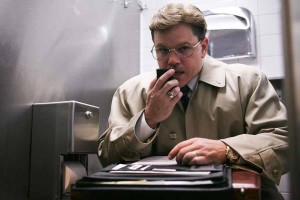
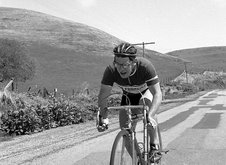

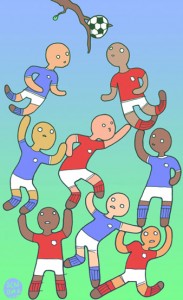
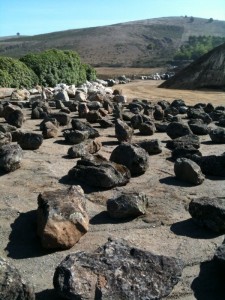
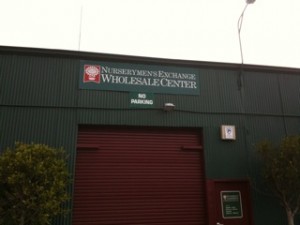
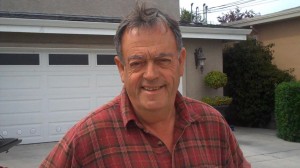
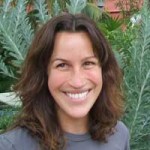 I met
I met 